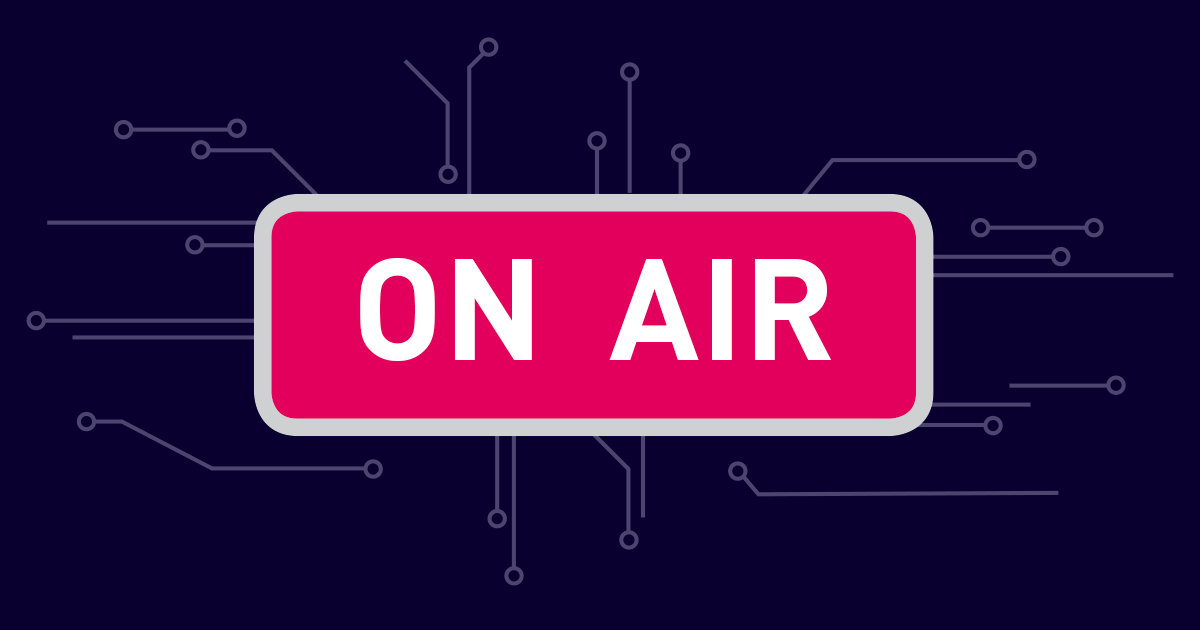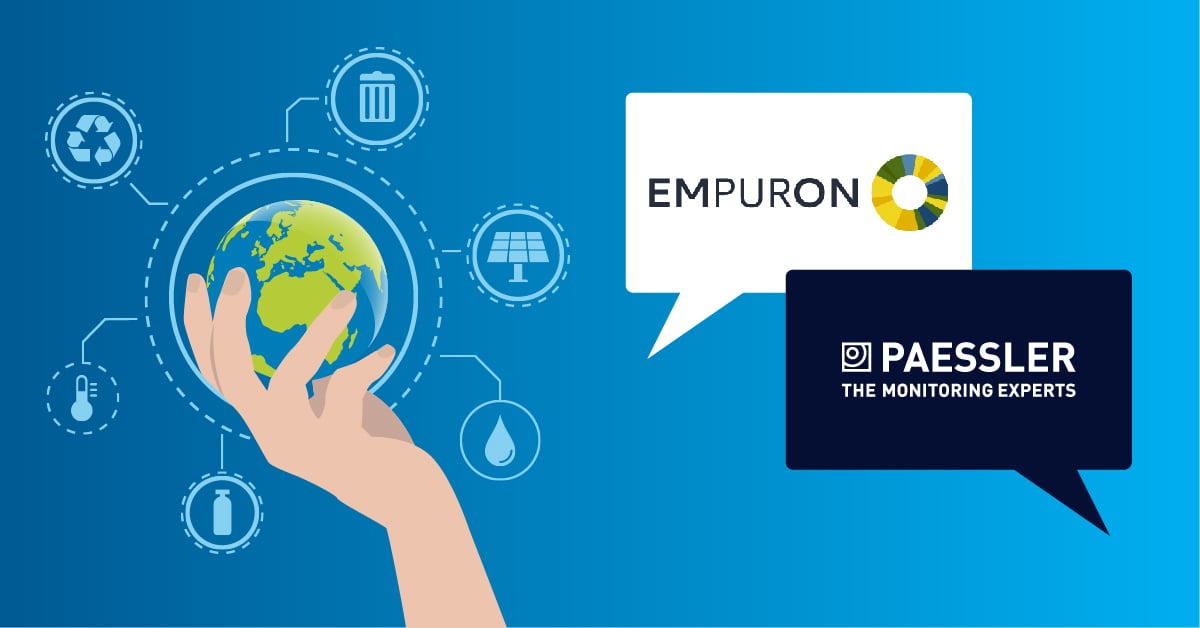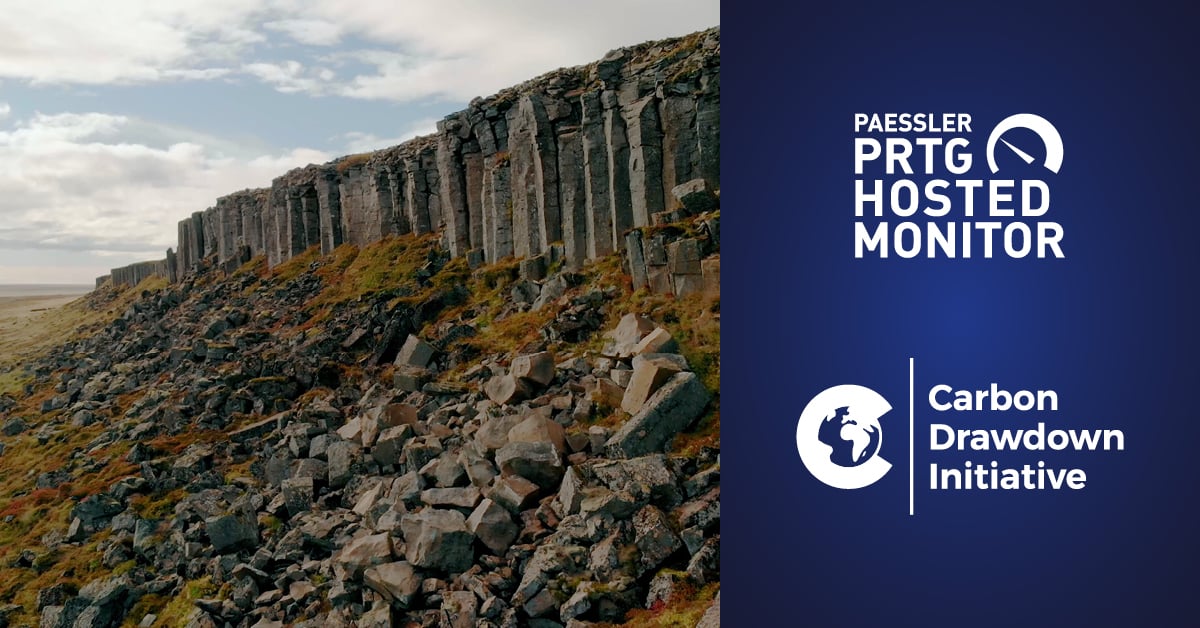I have been lucky enough to give a number of interviews over the years. Lucky because, if someone decides you are worth listening to enough that they put you in front of a camera, you either really are worth listening to, or you just happen to work for the right company and they think you are! Either way, it's a real privilege and I hope there has been, in my case, at least a mixture of both.
Most interviews have been relatively unprepared and spontaneous, but my most recent rendition was different. Firstly, it was with Business Reporter, an offshoot of the Daily Telegraph newspaper. With a daily circulation of over 460,000, the Daily Telegraph is the most read "broadsheet" newspaper in the UK and 6th overall. As such, the pressure was on to deliver in a way I hadn't experienced before. And secondly, there was a very structured, highly detailed preparation process.
This process was intense and often bewildering. I have had some media training in the past, but this was a huge step up in terms of attention to detail and consideration for the impact your answers have on a conversation. It gave me some insight into why experienced politicians, for example, often tend to come across as vague and evasive. Words can be edited, contexts ignored and soundbites taken from literally any point in the interview, even when supposedly "off camera". It is often better to say nothing at all than let a slip of the tongue potentially ruin your career, as happens regularly.
Thankfully, my situation was not quite as serious; preparation, however, was just as important. Alongside several answering techniques I was to practice rigorously, there were three main areas of focus that my contact at Business Reporter asked me to think about.
- What do you do?
- What problems do you address?
- What is the solution you provide?
These three questions appear fairly straight forward and, when communicating with IT savvy people, as I normally am, they are.
- We do network monitoring.
- We help solve problems such as downtime, identification of root causes and optimisation of IT.
- The solution we provide is an all-encompassing infrastructure monitoring solution that uses standard industry protocols to interrogate, monitor, alert and report back on the availability and health of your IT assets.
Simple huh?
Now try explaining all that to your 75-year-old mother or a viewer who may not have the first clue about IT. It's a different proposition entirely. You can't use IT language in general and technology based acronyms are strictly forbidden. "Servers and PCs" is ok, most people know what they are. "Storage" is just about ok. "Virtualisation" or "cloud based computing" are unacceptable.
I was taught to strip everything back to its very quintessence - and to talk exclusively from a business perspective. The audience was to be decision makers at small to medium sized business and they mightn't know (nor care) what a network is, let alone what the benefits of SNMP can give them.
Another technique I was taught was to try and build a story to illustrate a point. You start with a source detail, extrapolate that out in several stages, then return to the start and reference how the final stage in your story was affected by that first detail. You can hear me trying to do this in the section where I describe how a Twitter PR disaster can be traced all the way back to aging hardware and the attitude of many small businesses towards IT.
It is important to establish exactly what you are going to talk about in the first few seconds. Set the agenda, grab attention immediately, then you can expand, but it's crucial to lay down your cards early, especially if the video is more than a few seconds. During the interview, you should effectively try and prepare your "victim" by outlining the issues and problems that the viewer is likely to be facing. Get them figuratively (or even literally) nodding in agreement at what you are saying. Then, when you introduce the product that fixes those issues and provides answers to those problems, the impact on your viewer is that much more powerful.
Keep coming back to your key points - and there shouldn't be too many of them. Your "logline" is crucial - it is a short summary, 1 or 2 sentences, that capture your story in a way that is both succinct and easy to understand. Expect total luddites and people from all walks of business to be watching, so explain your raison d'être from their perspective. It's not as easy as you think.
Delivery is also crucial. I naturally speak quite quickly and have a propensity for waffling. This is a big no-no. Try to stick to your main points, keep things as short as possible and avoid going "off-piste". Speak slowly and clearly and introduce slight pauses before strong, emotive words. You can hear me in the video trying to do this with the word "powerful".
Wear earthy colours like greys or browns. Black and white or anything with a fine pattern can have bad exposure and create a strobing effect on screen. Green is also not great.
Don't hide your hands, viewers may assume you are hiding other things too. Use them as much as you like as well. Being a reserved Brit, this didn't come as naturally to me as it might to an Italian, perhaps, but an open posture naturally creates trust and confidence and the viewers feel welcome in your world.
All in all, it was a thoroughly rewarding experience and I would recommend it to anyone. It makes you question what you do, how your rhetoric directly affects your audience and why you say the things you do. Prepare to be grilled, not just on what you say, but on why and how you say it. It's a revealing process.
 Published by
Published by 











